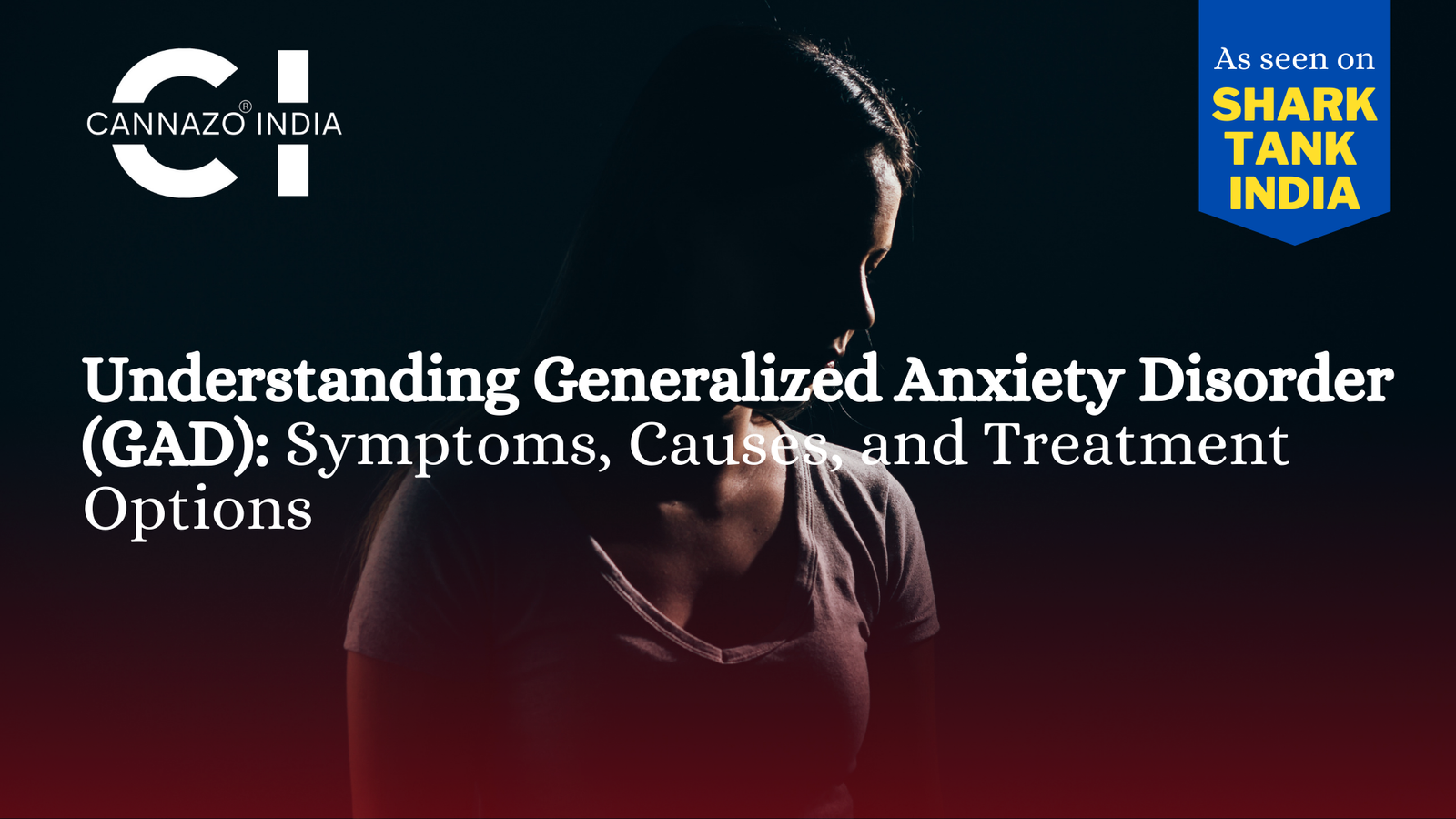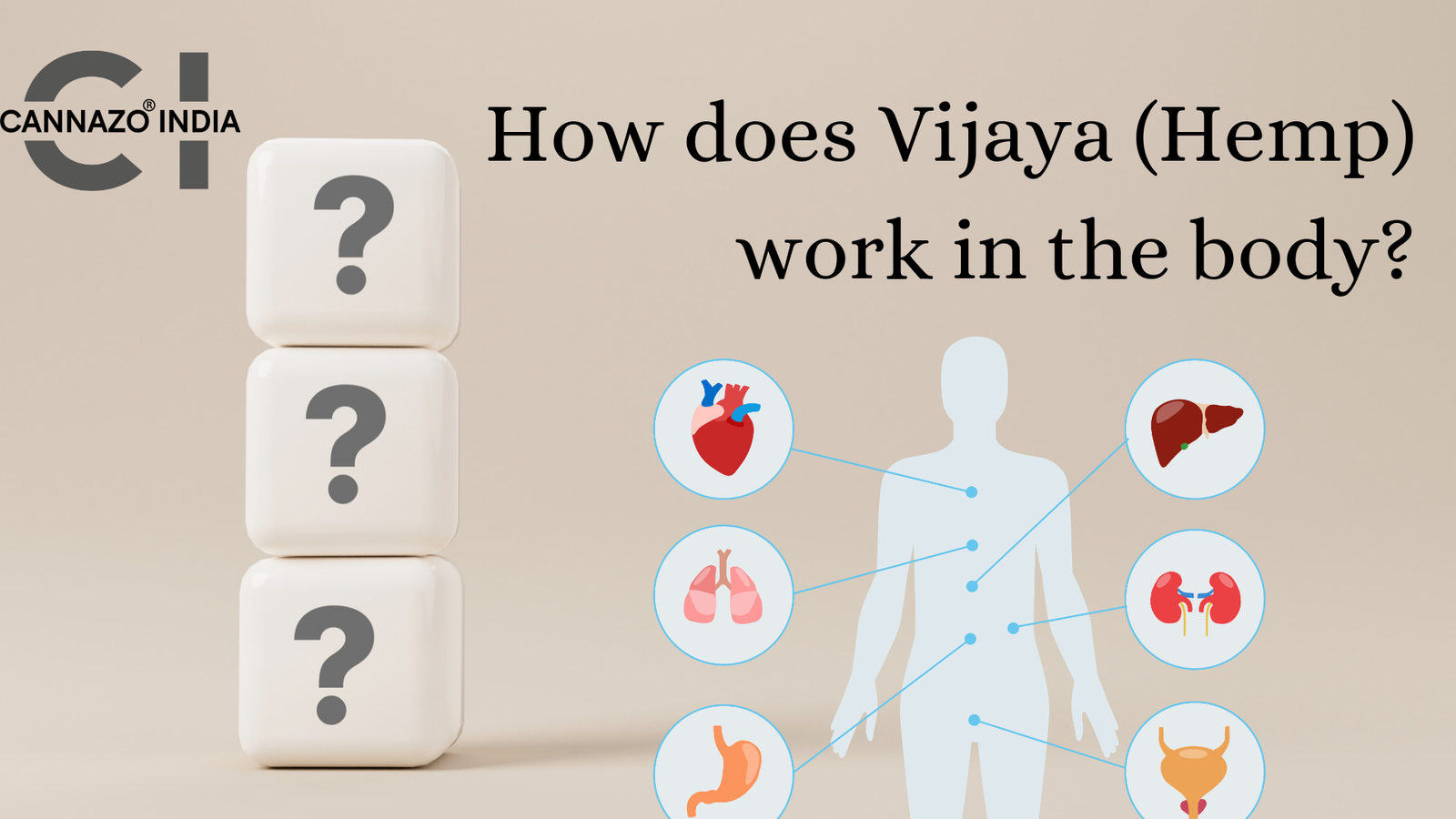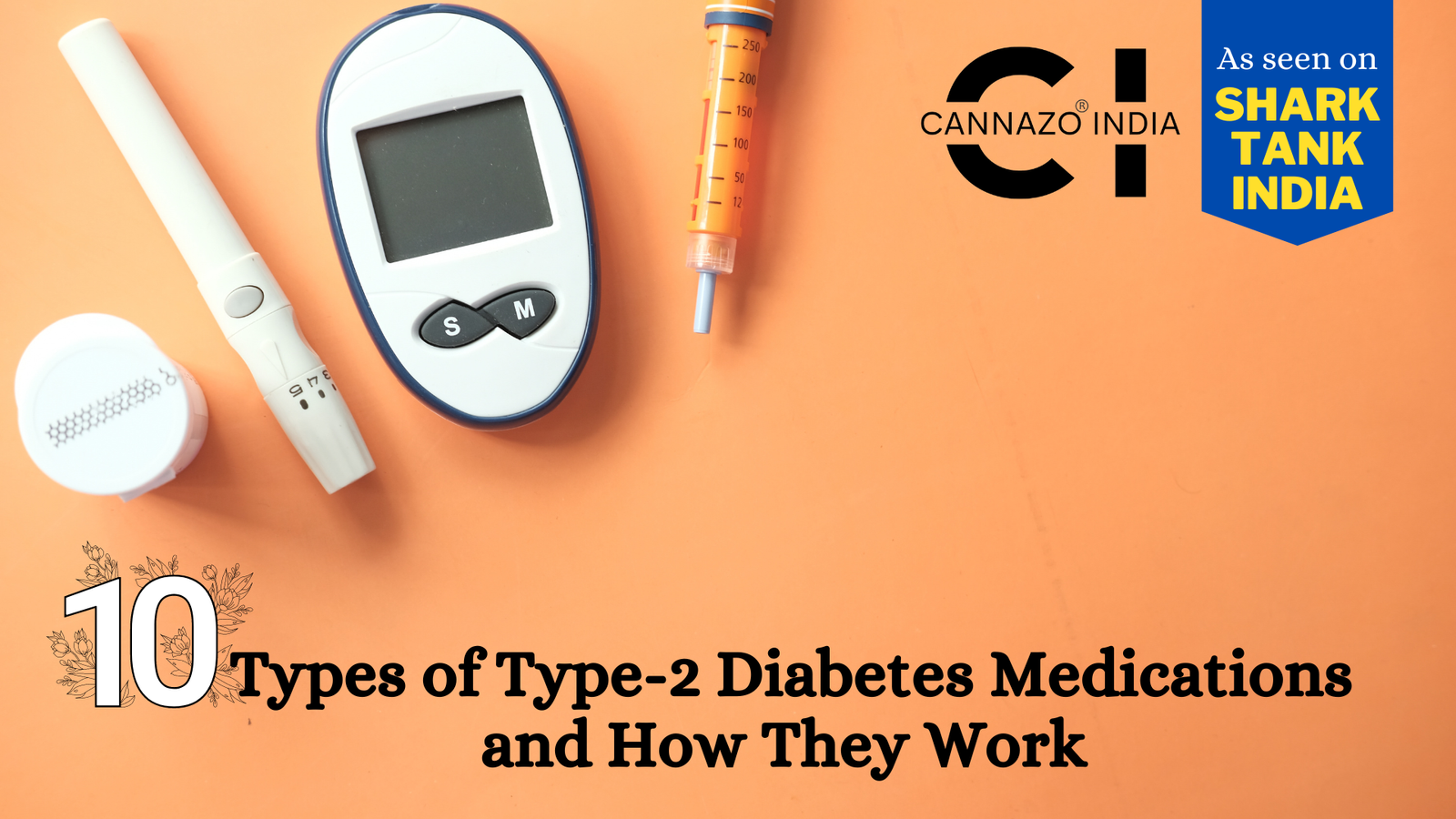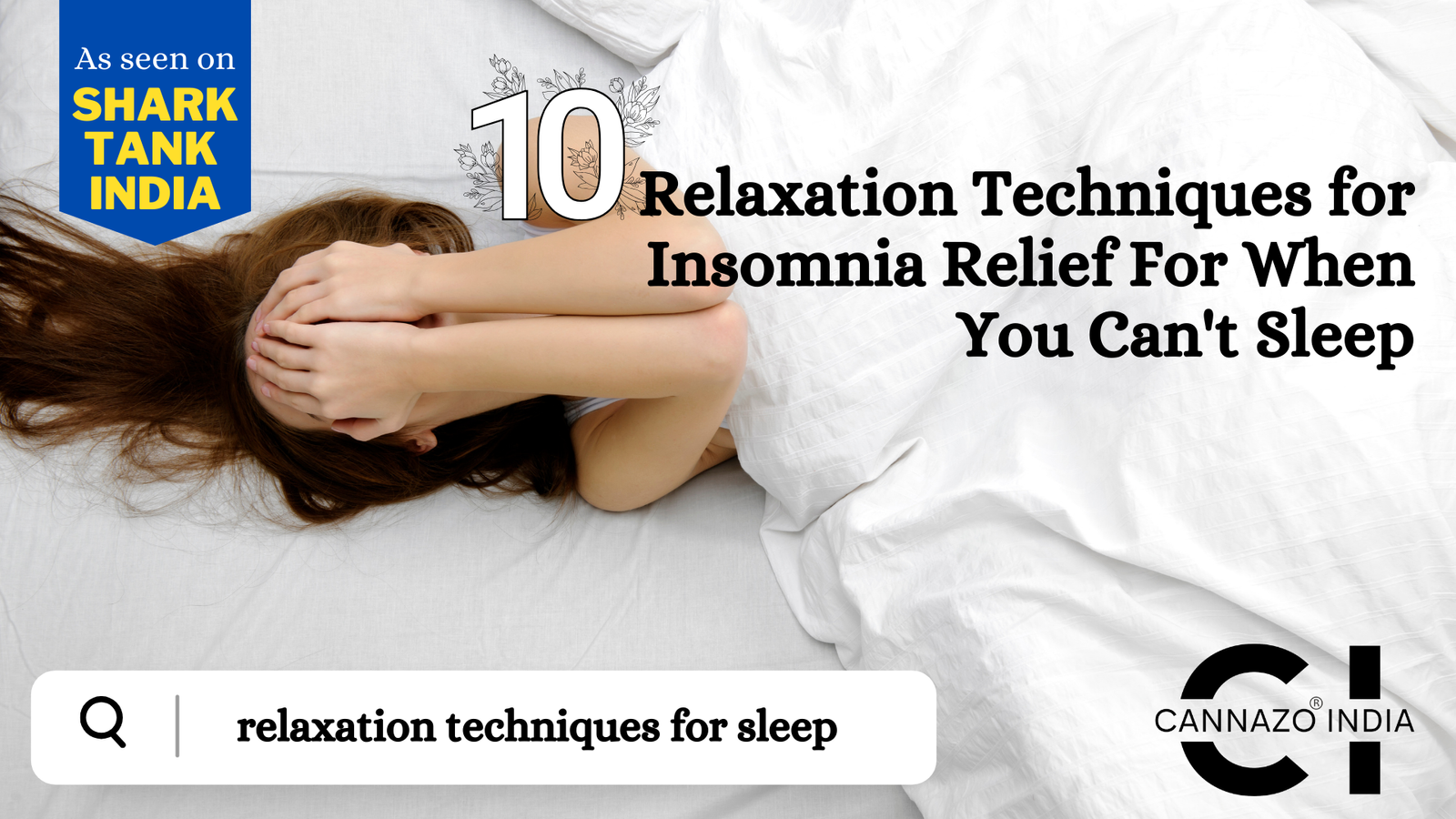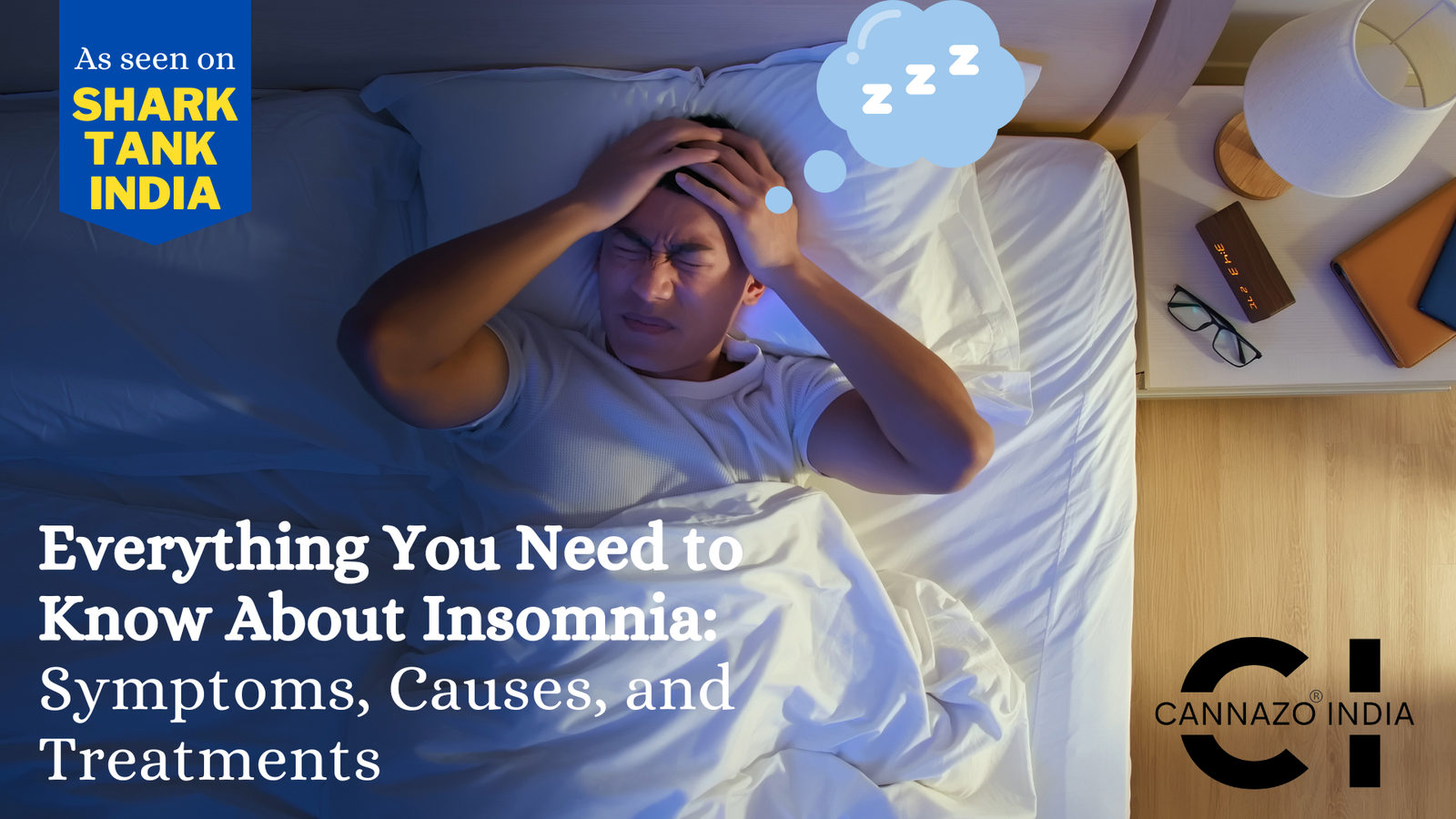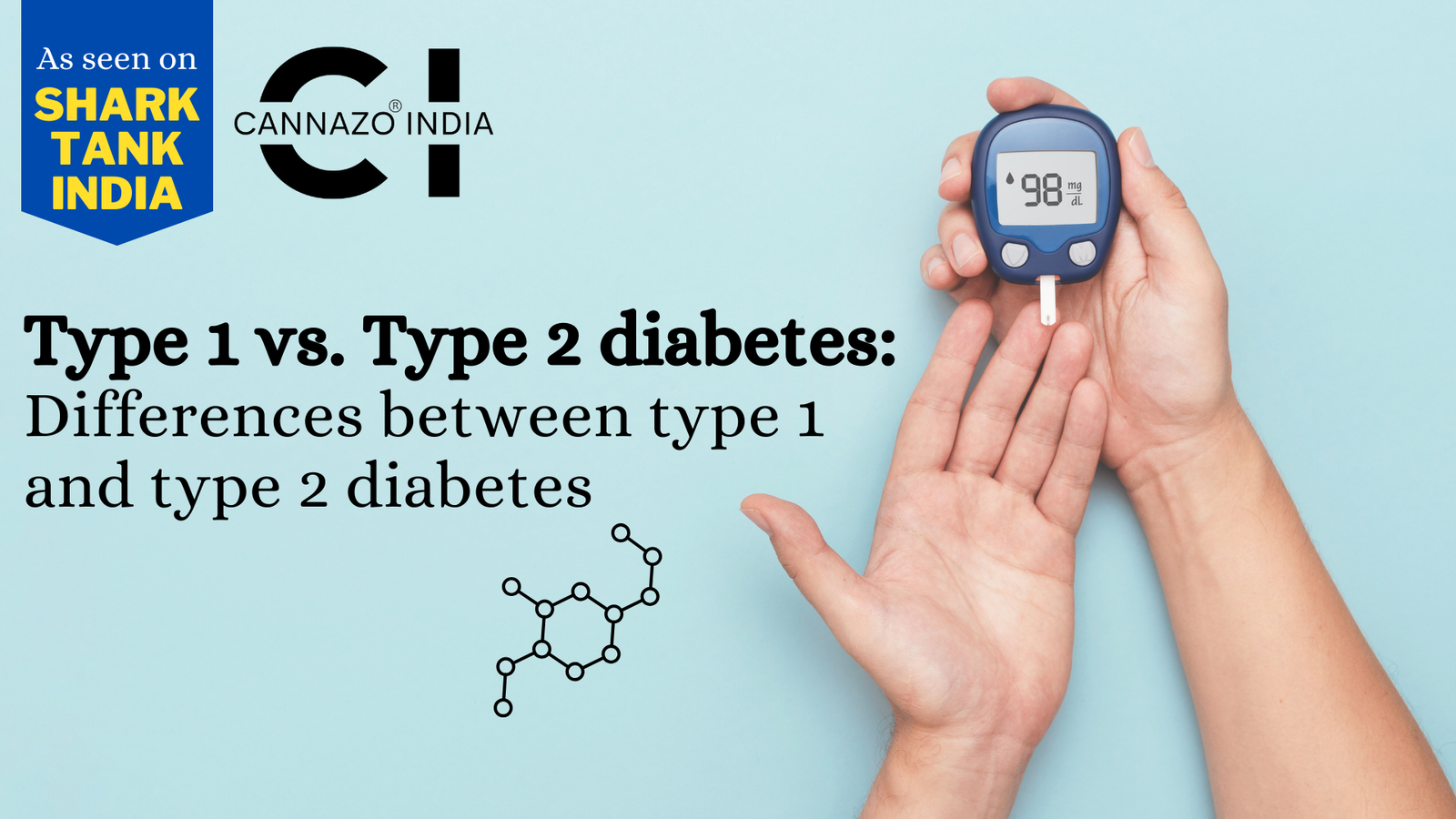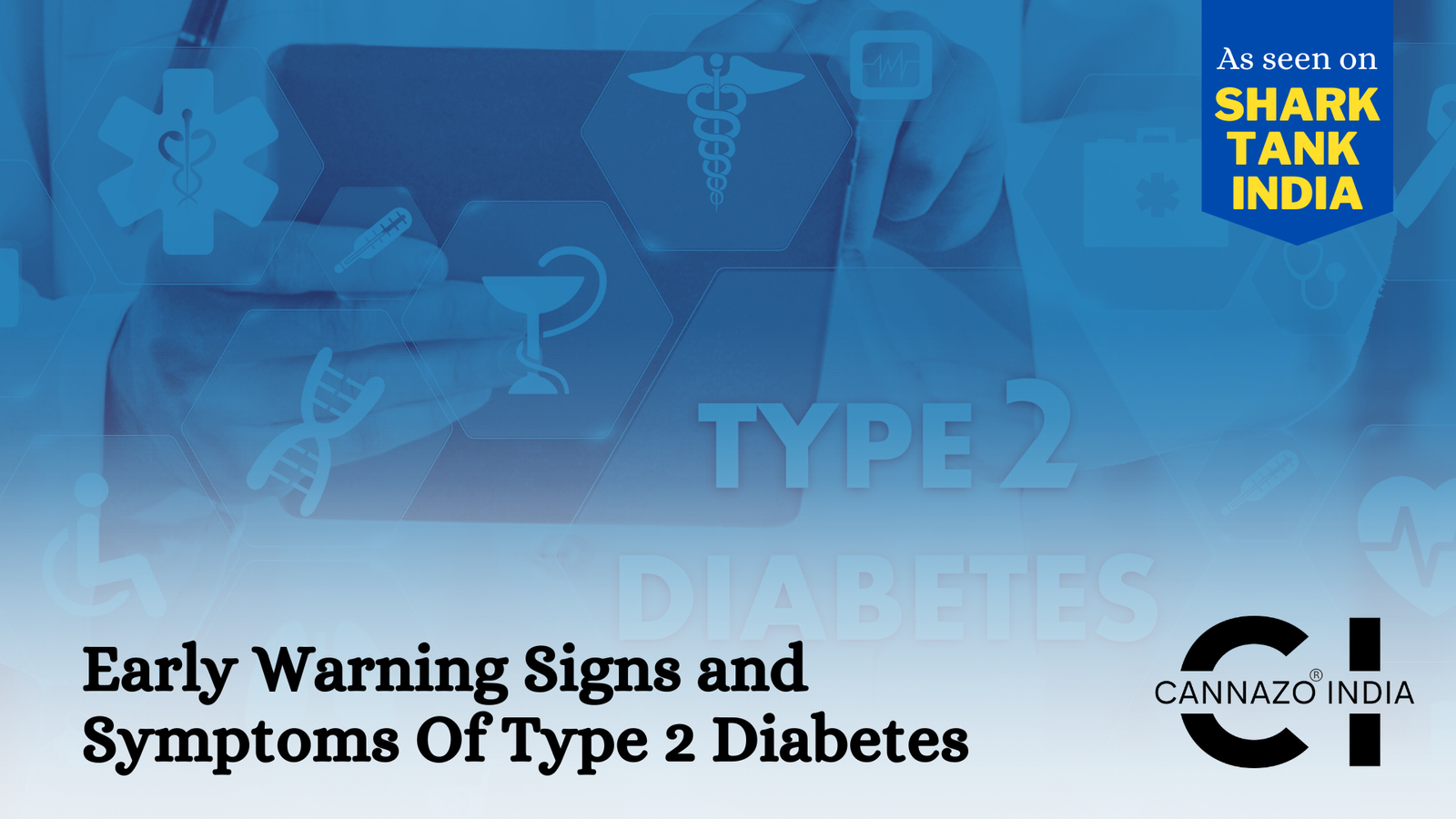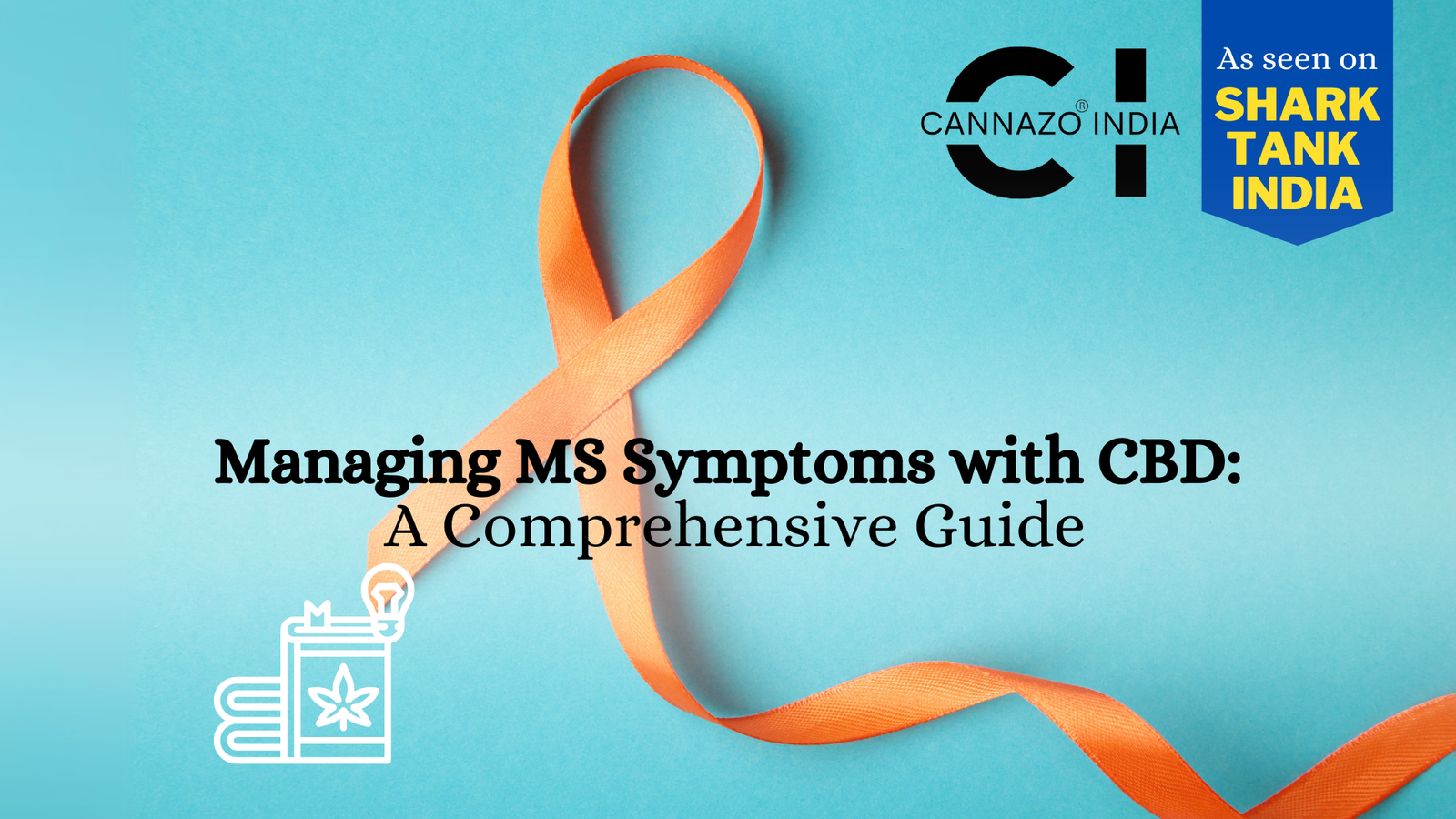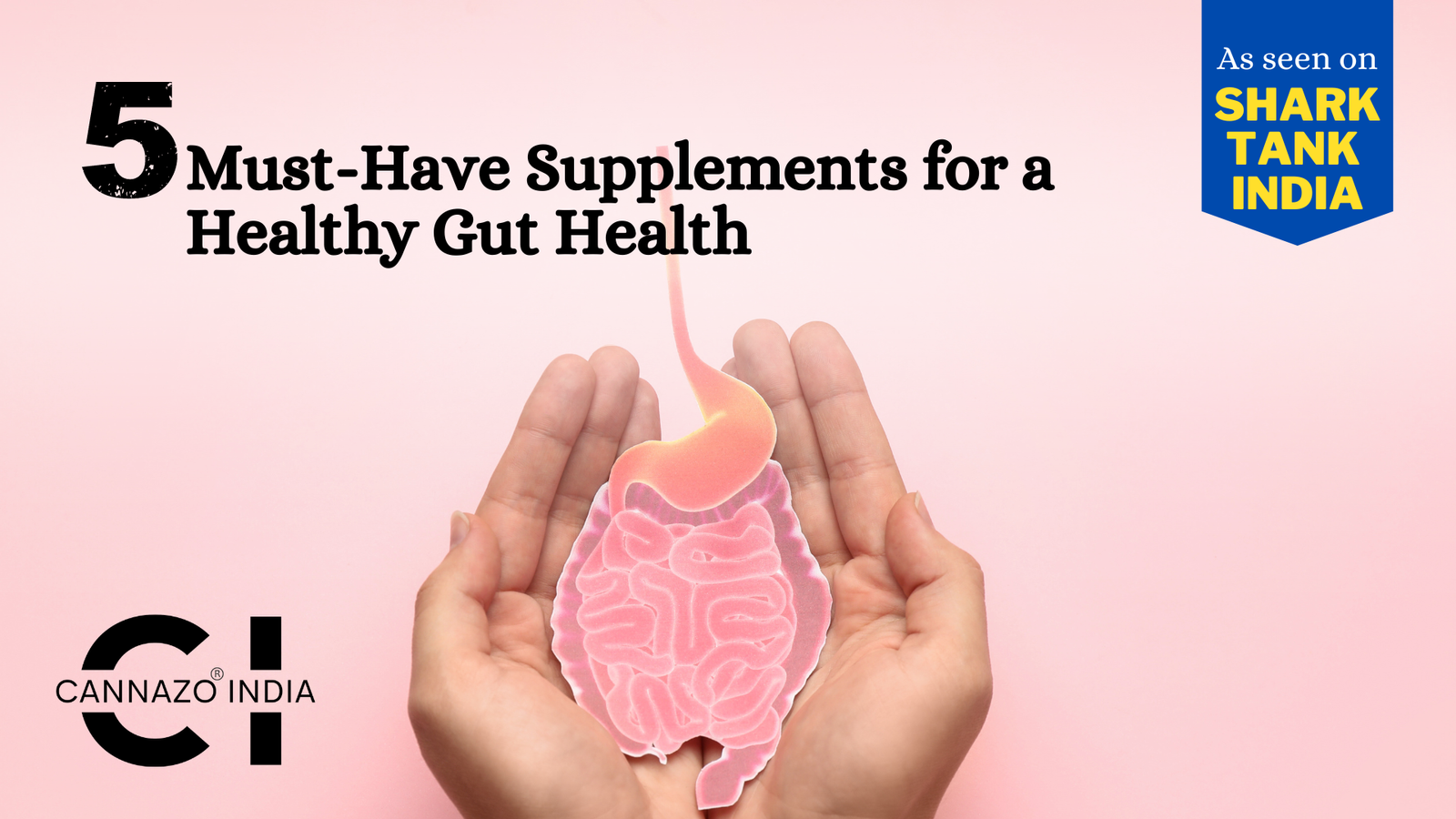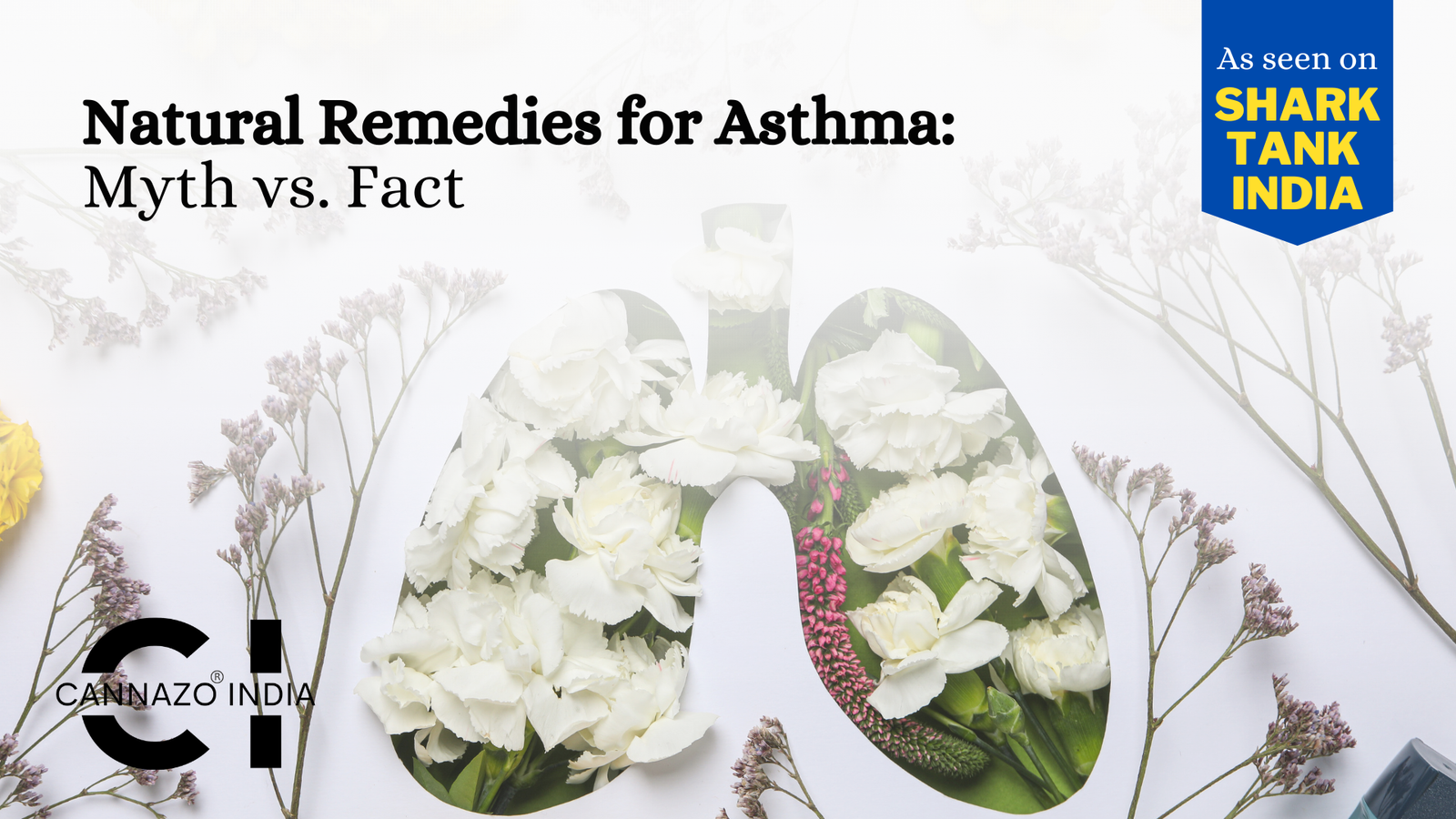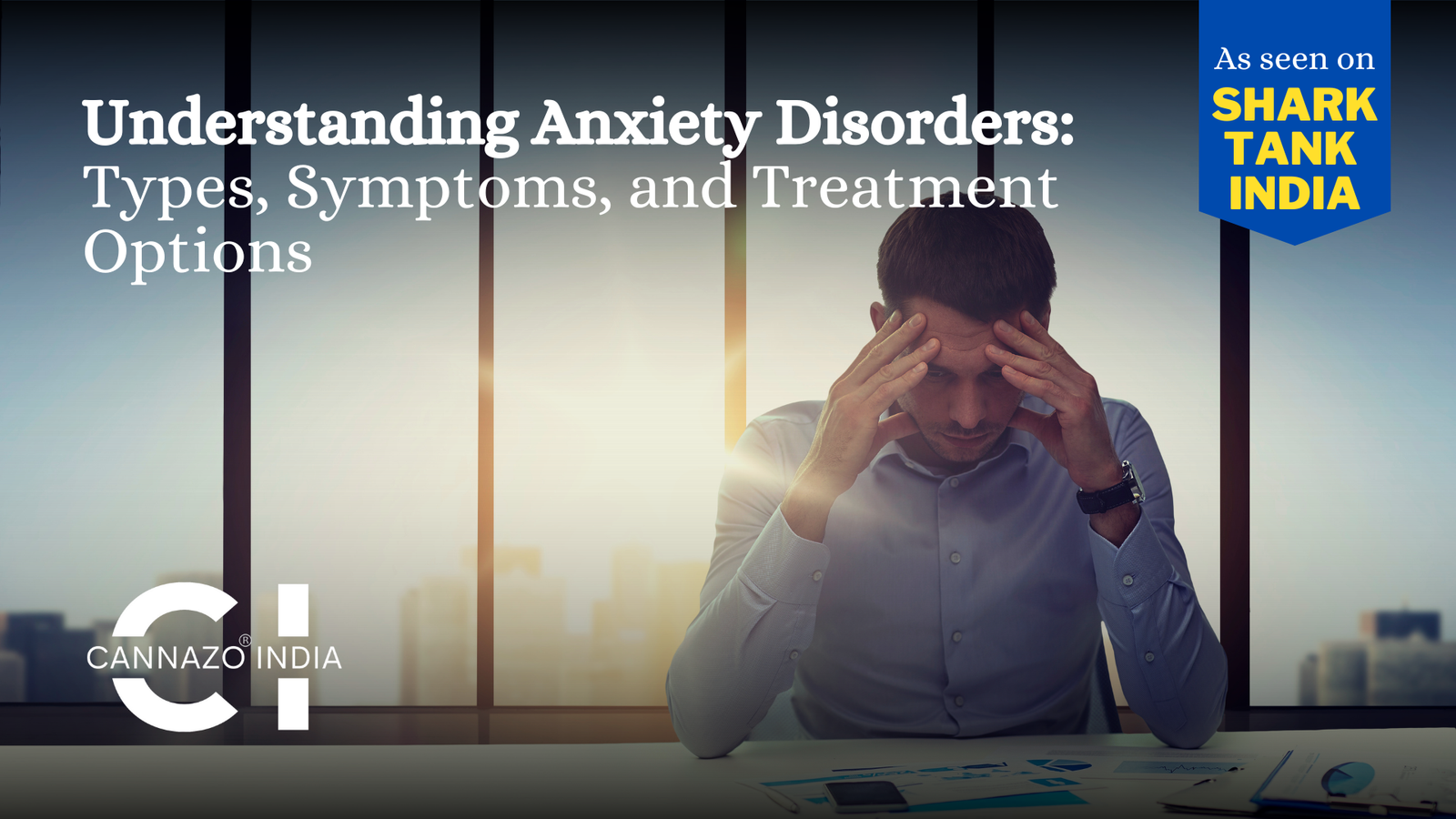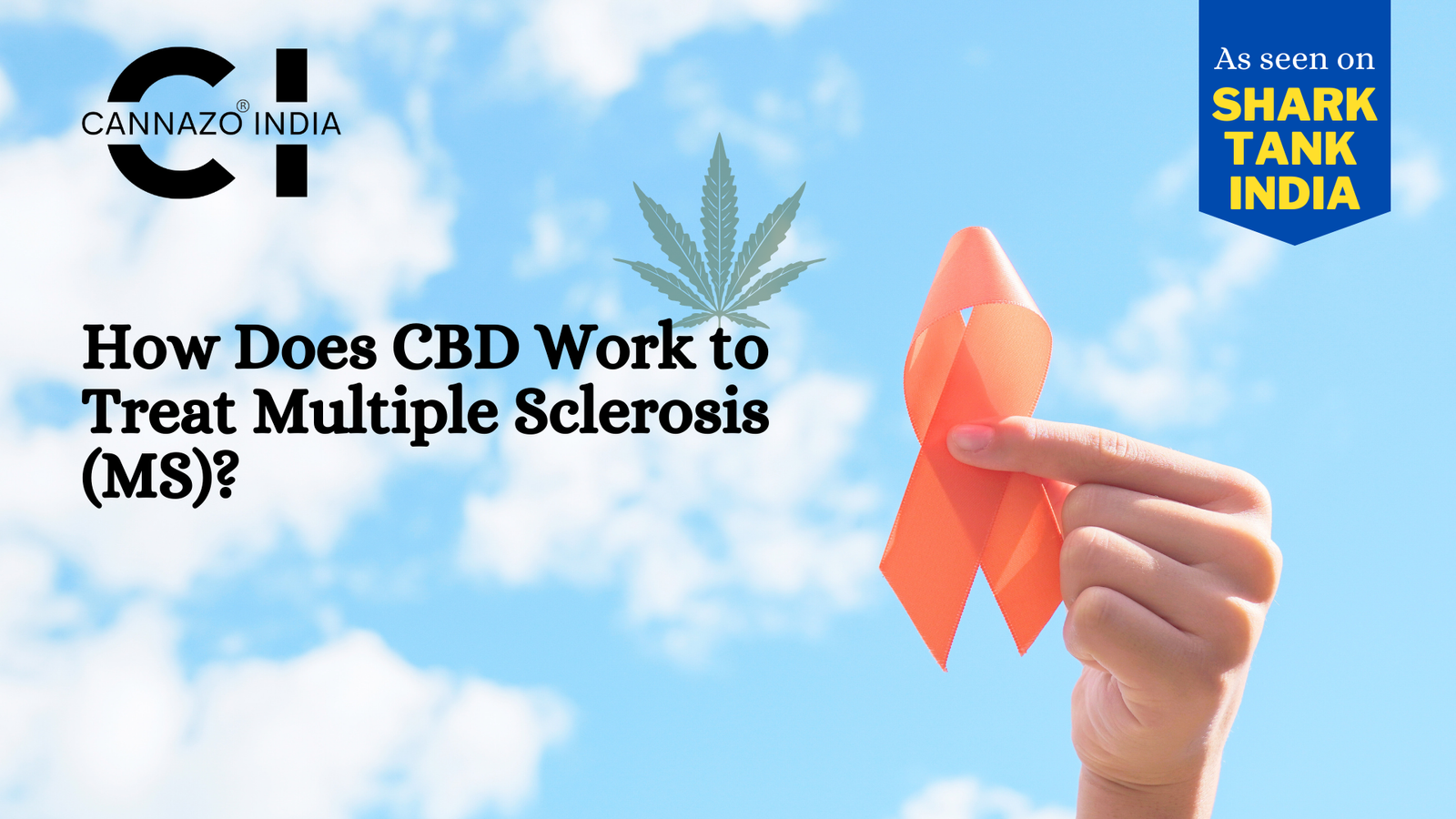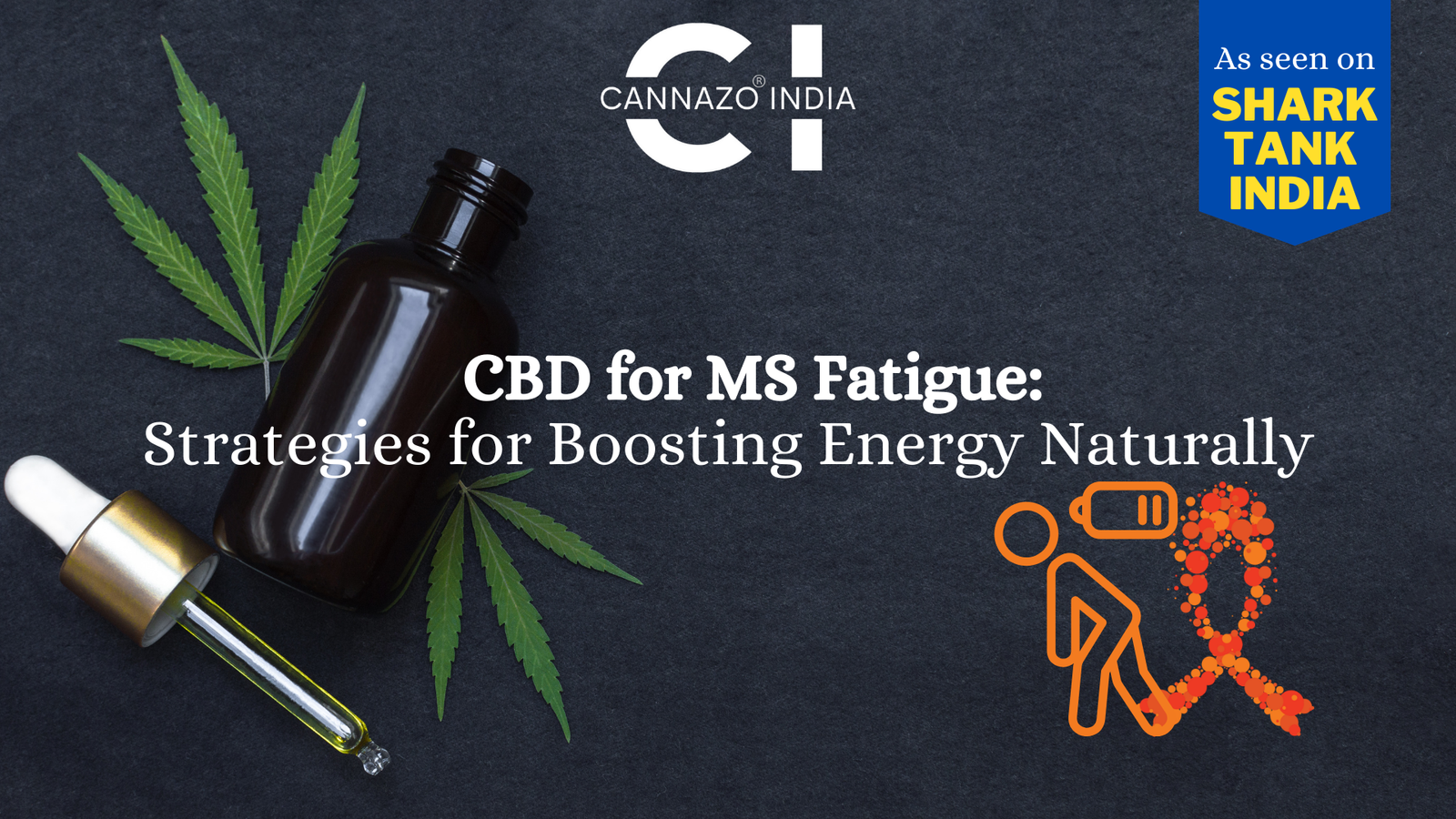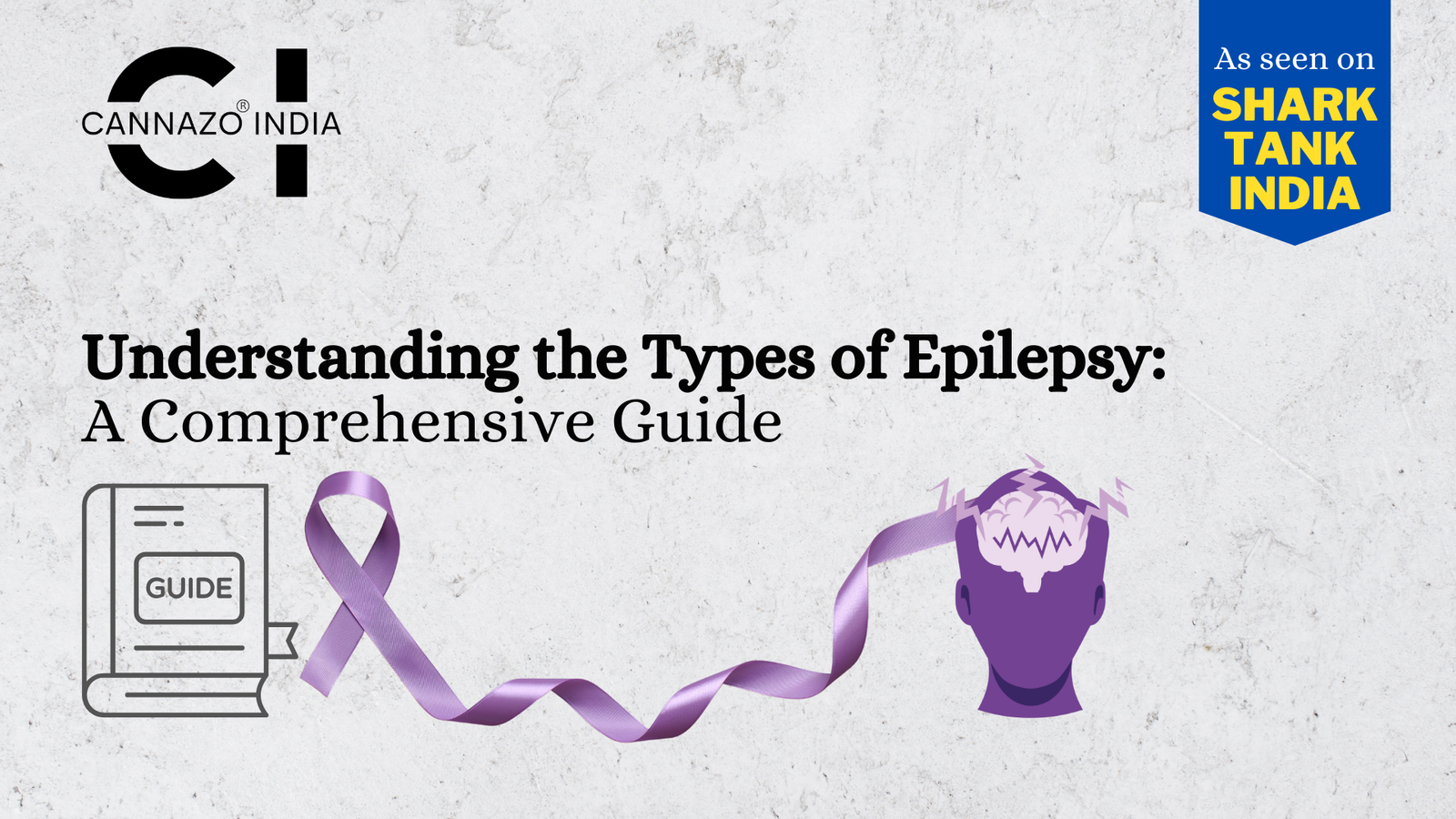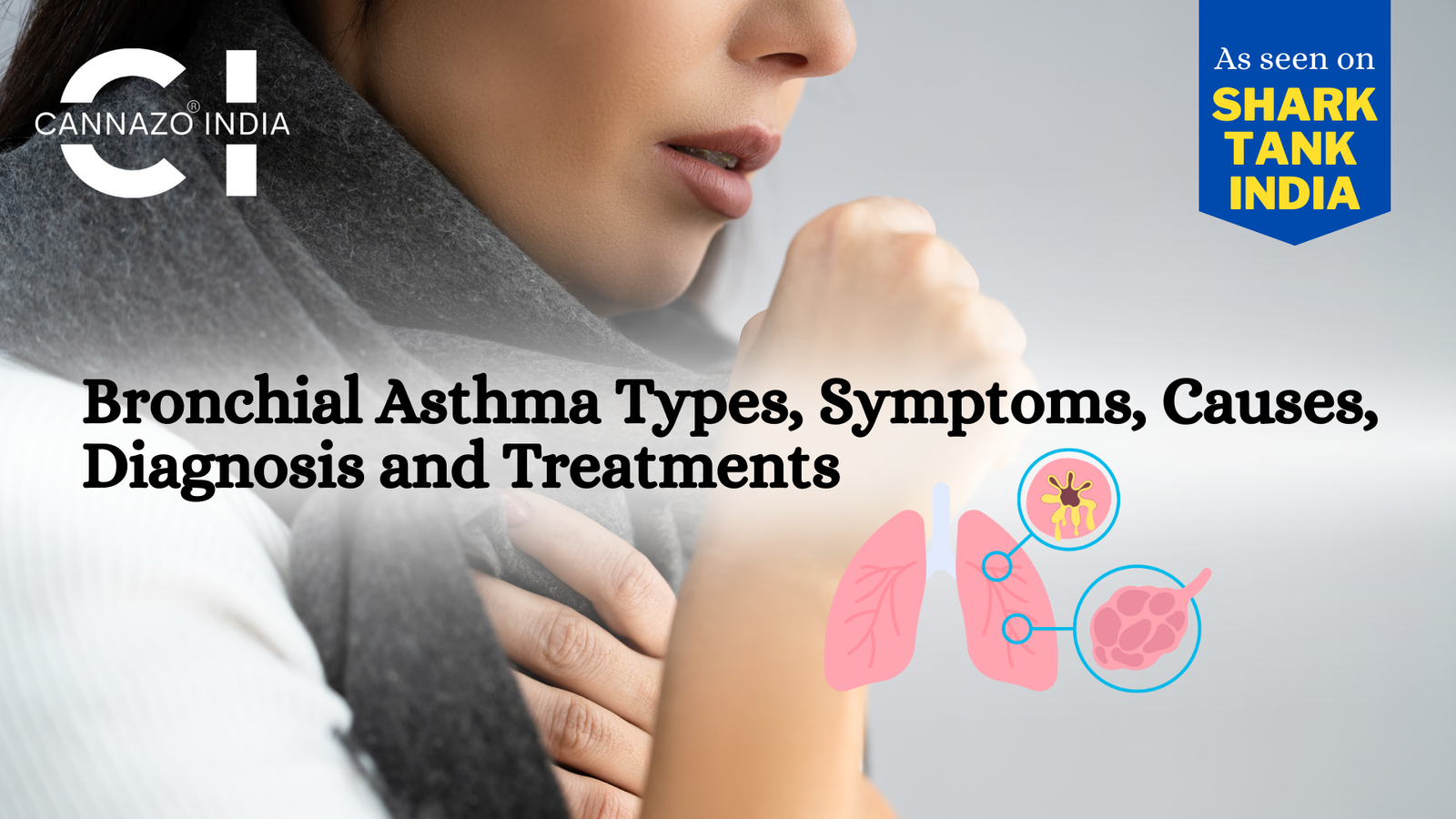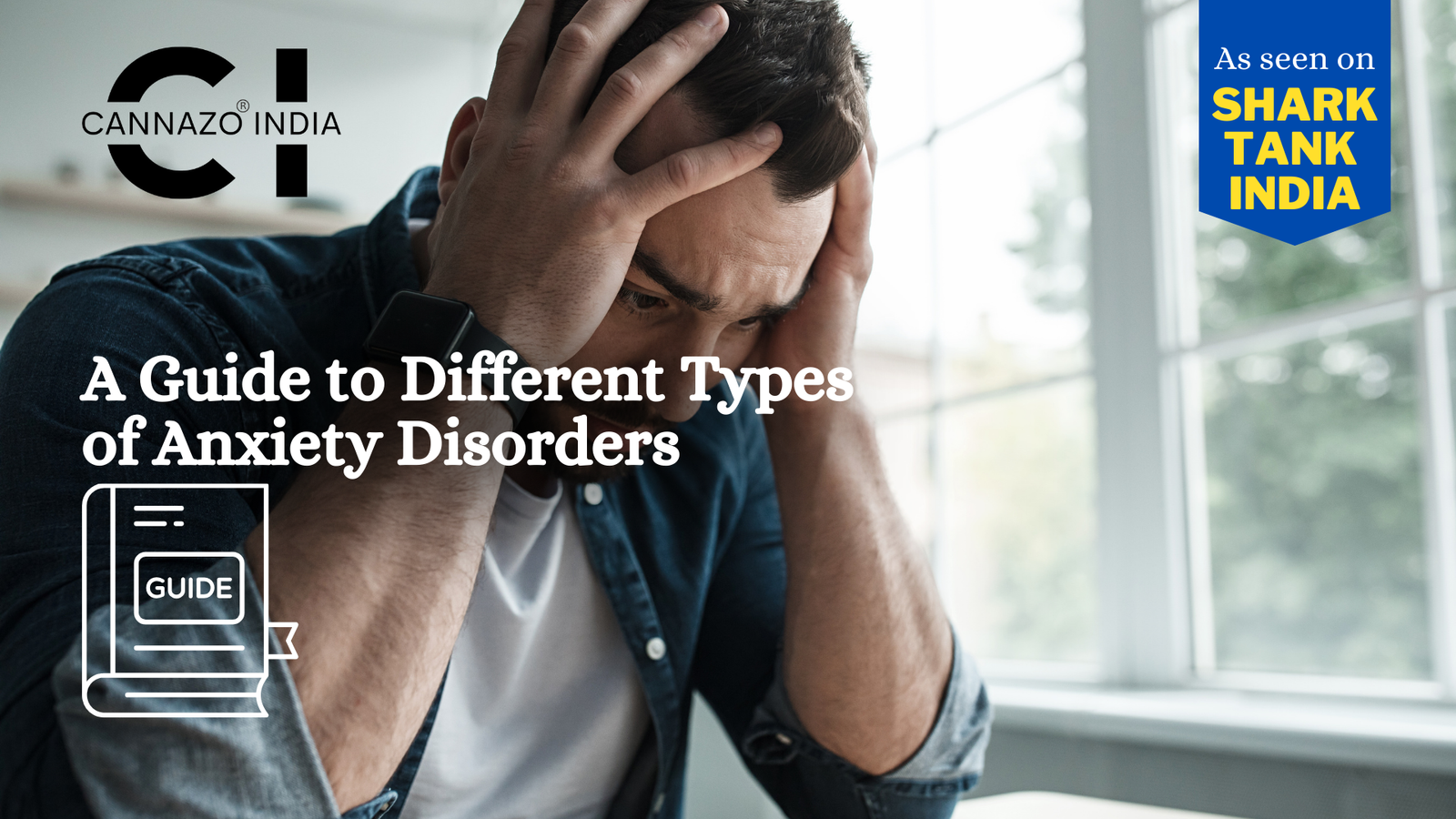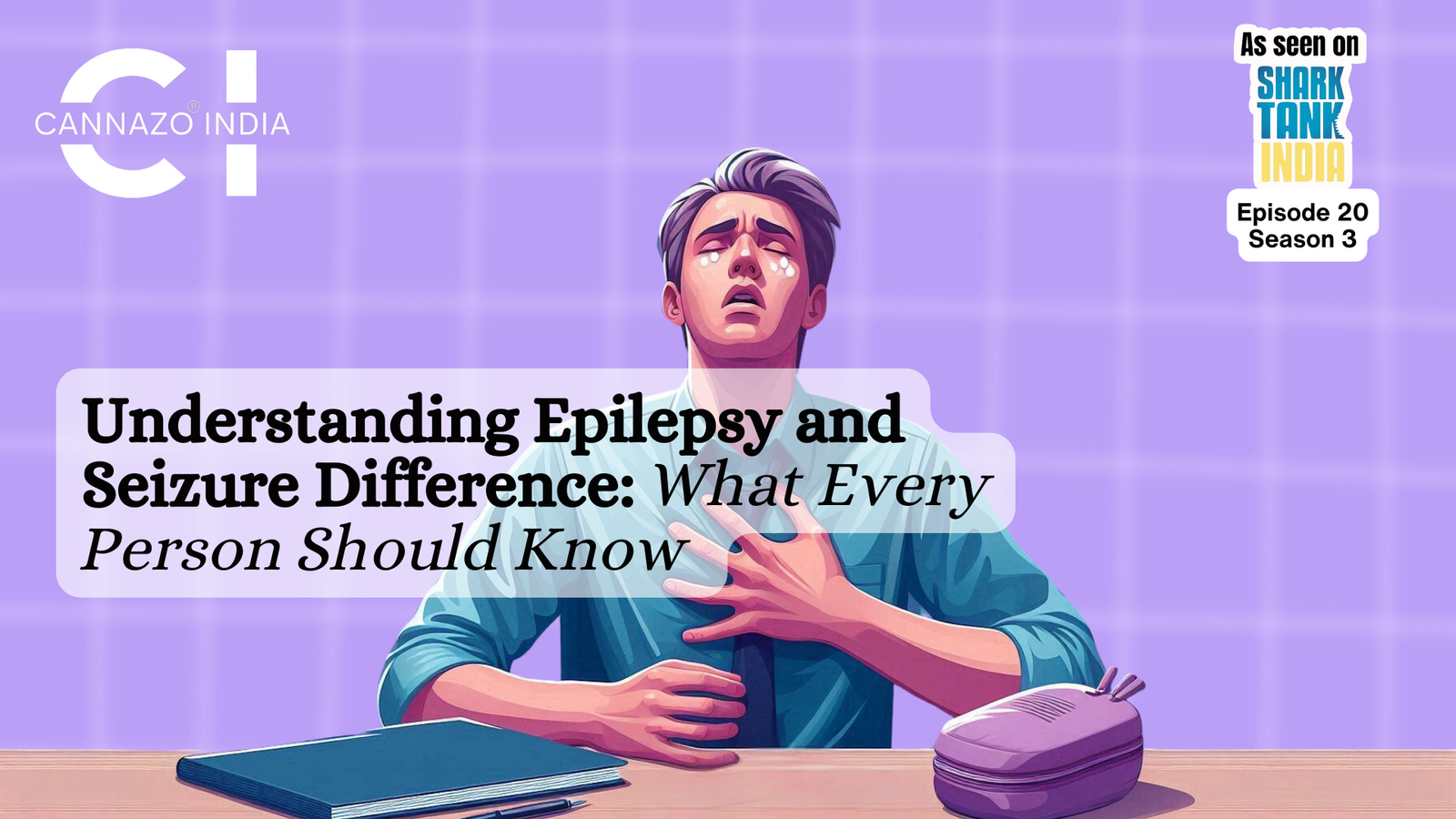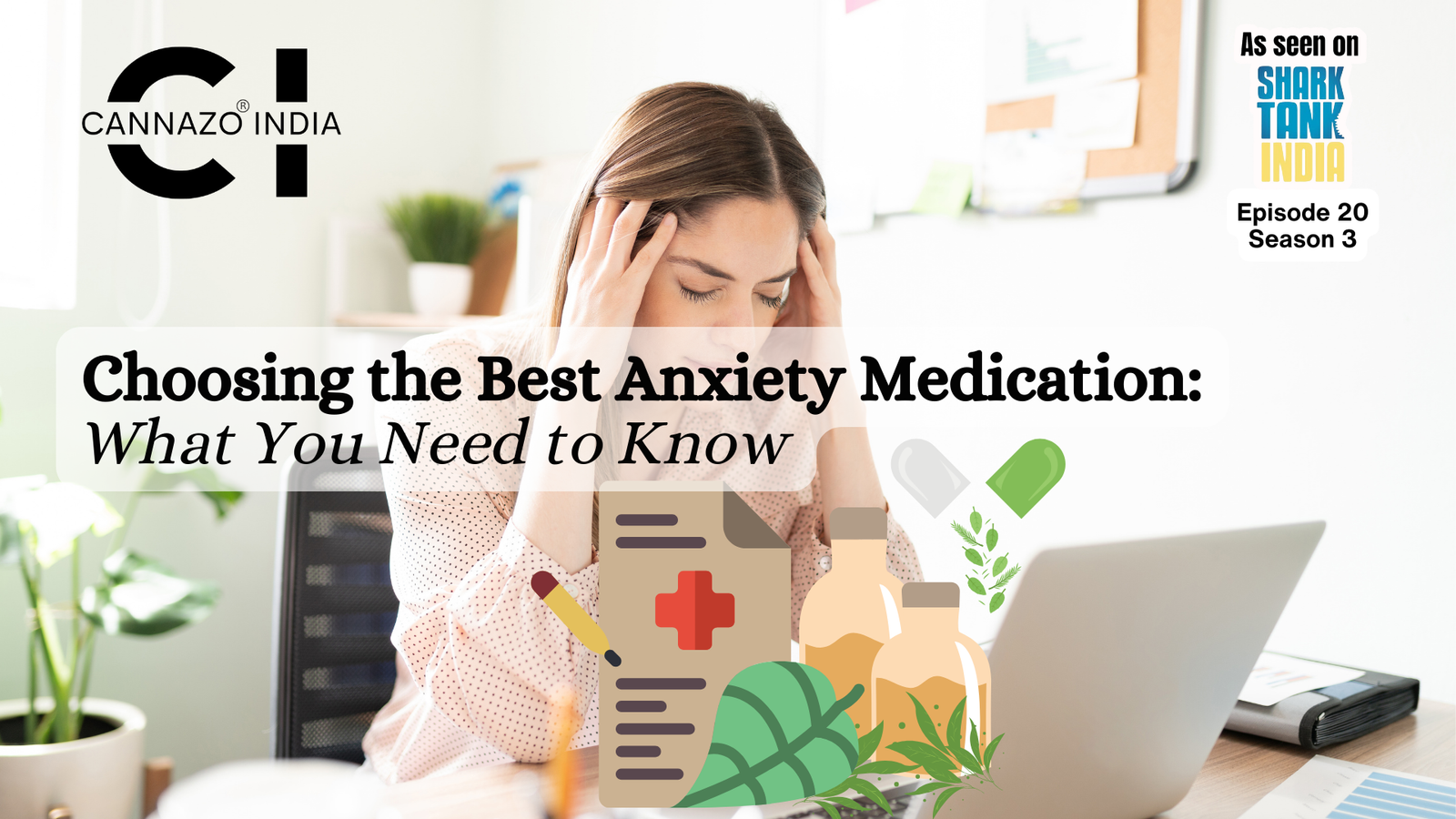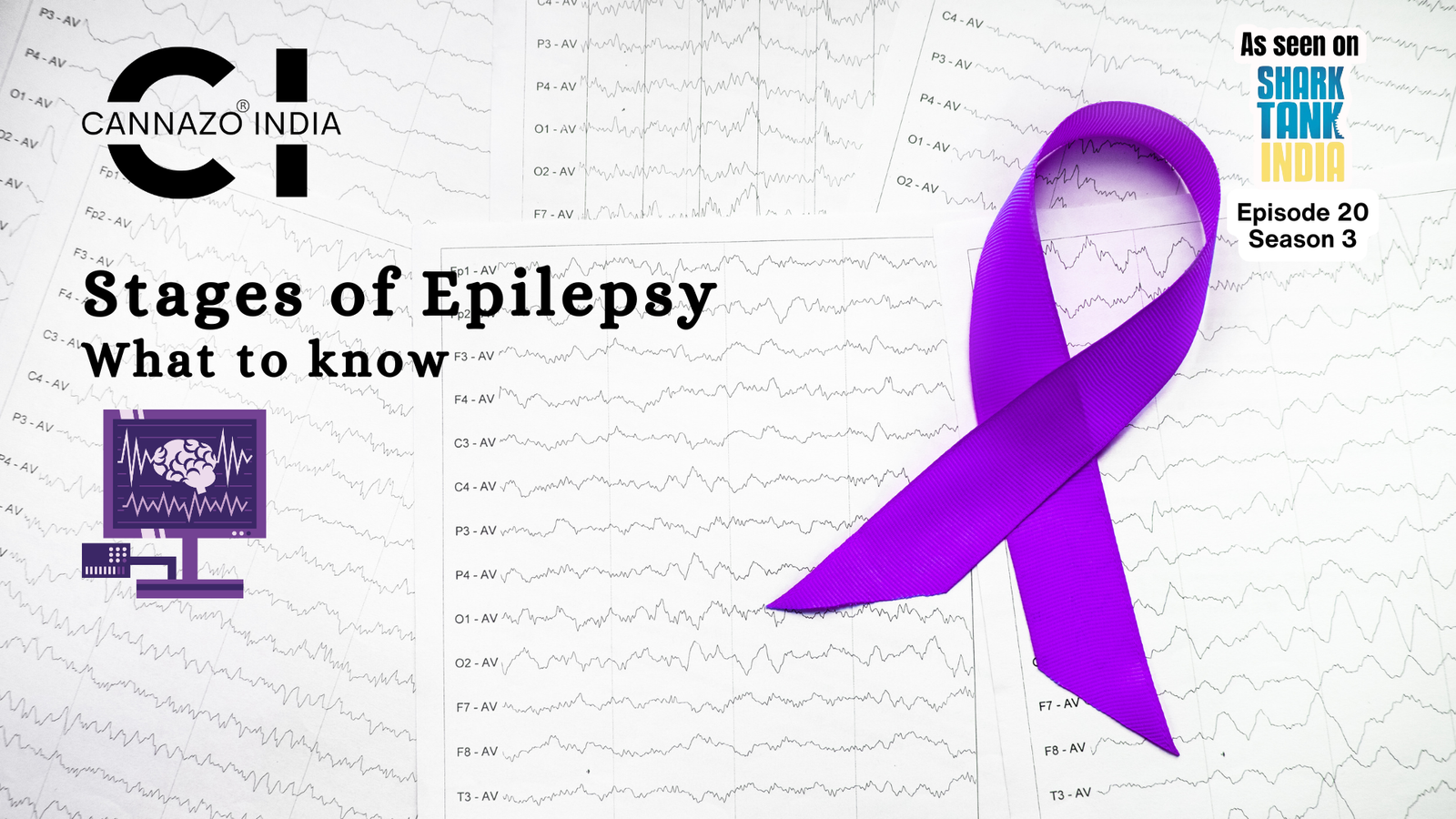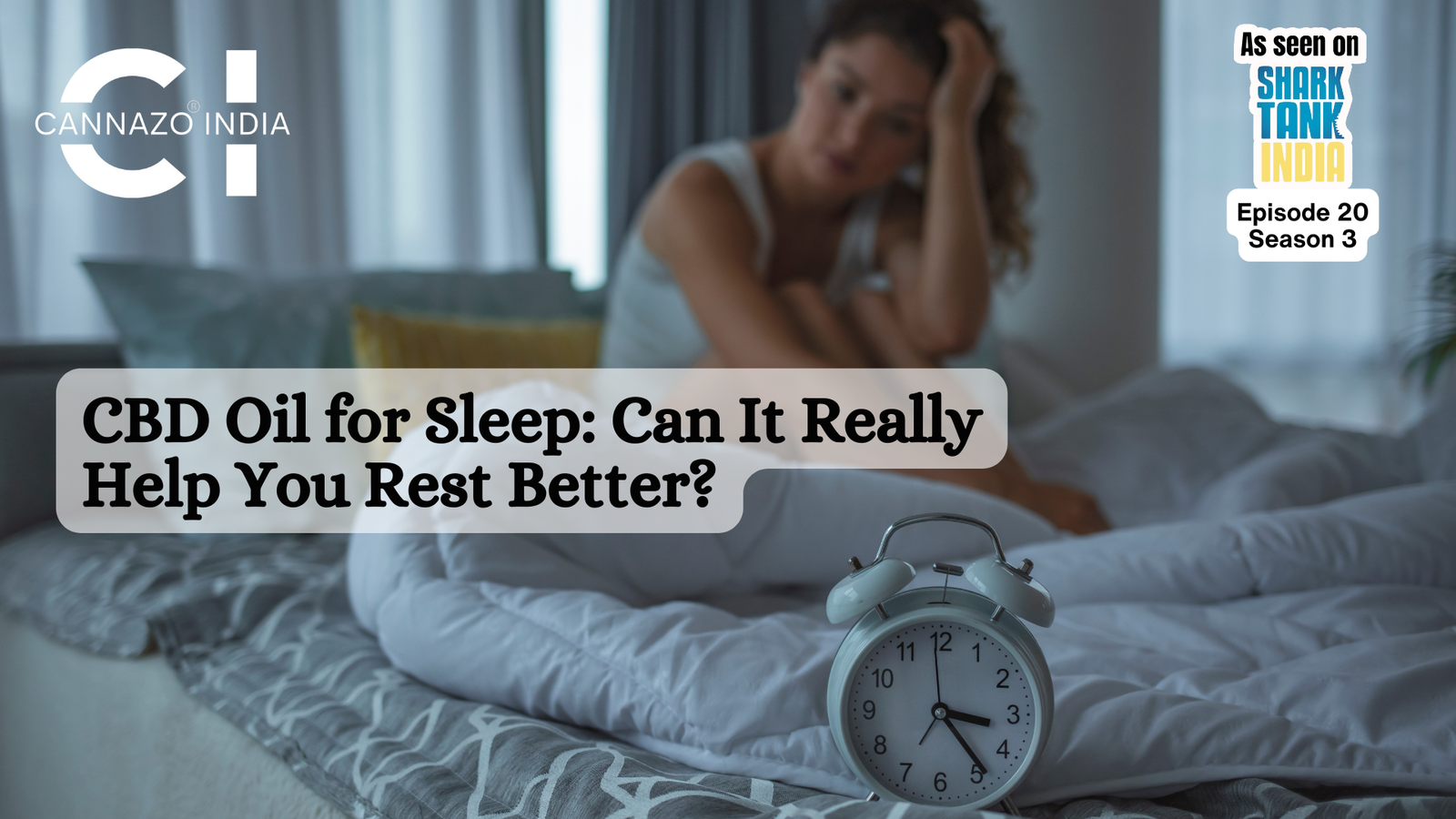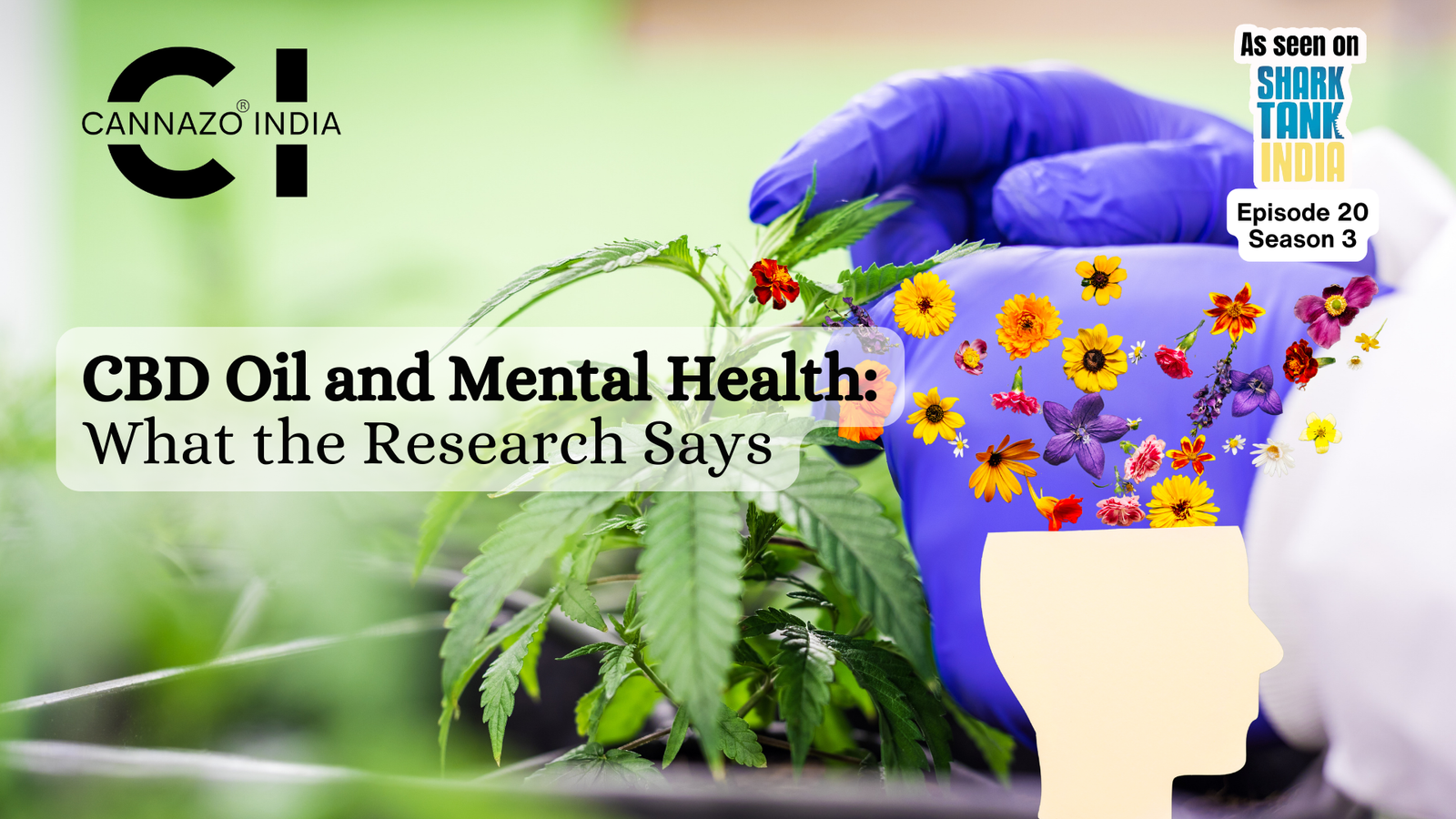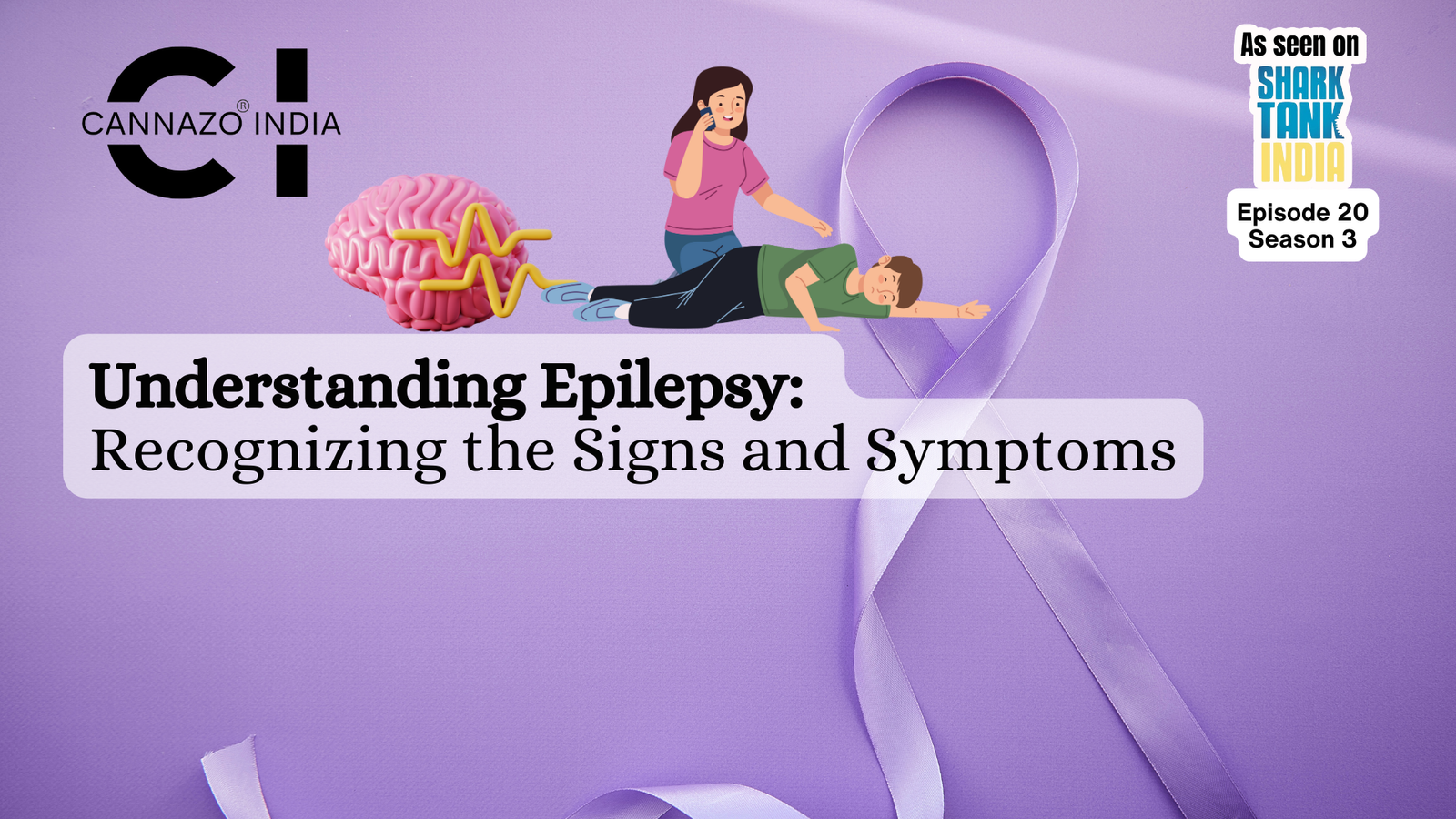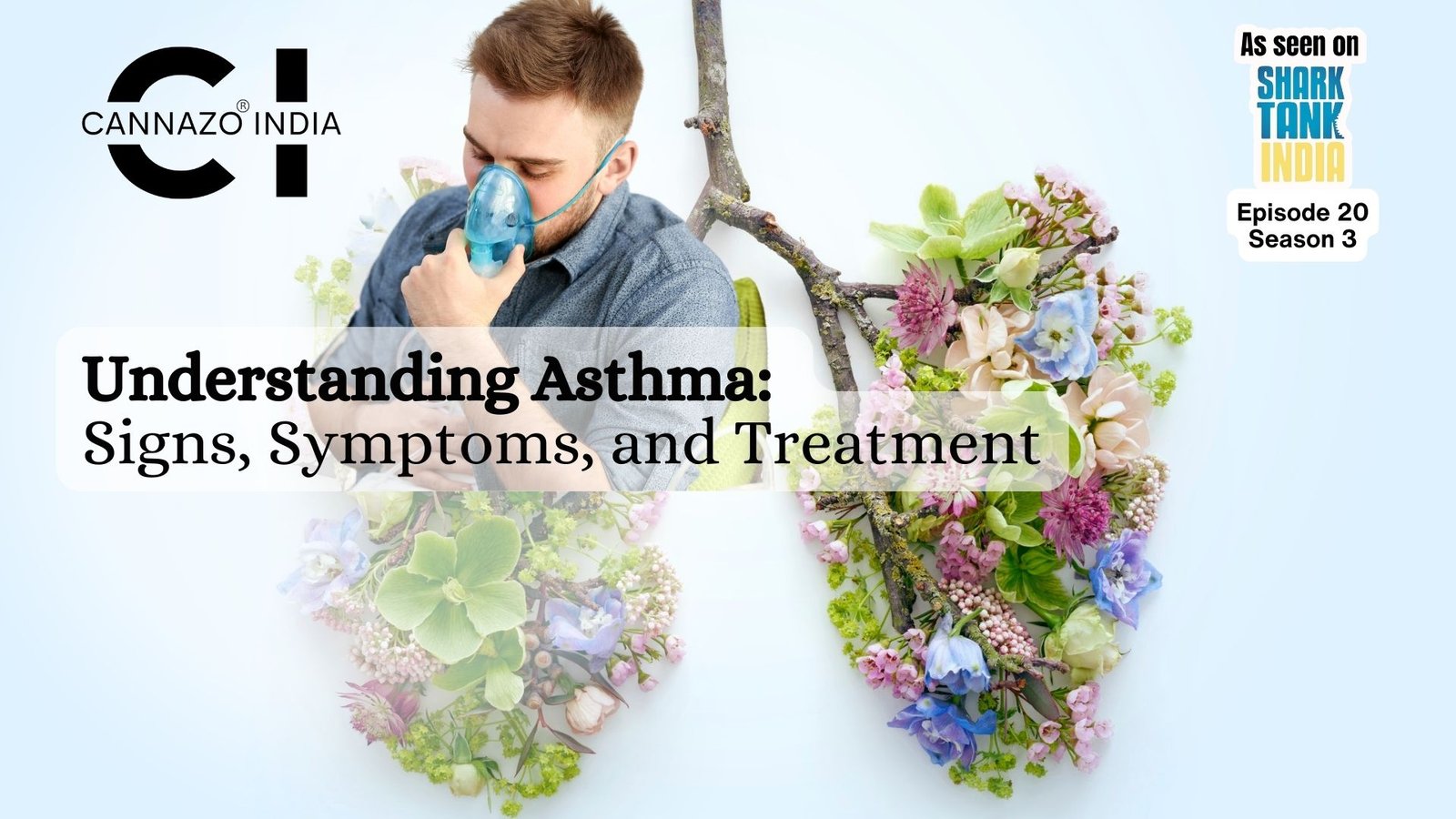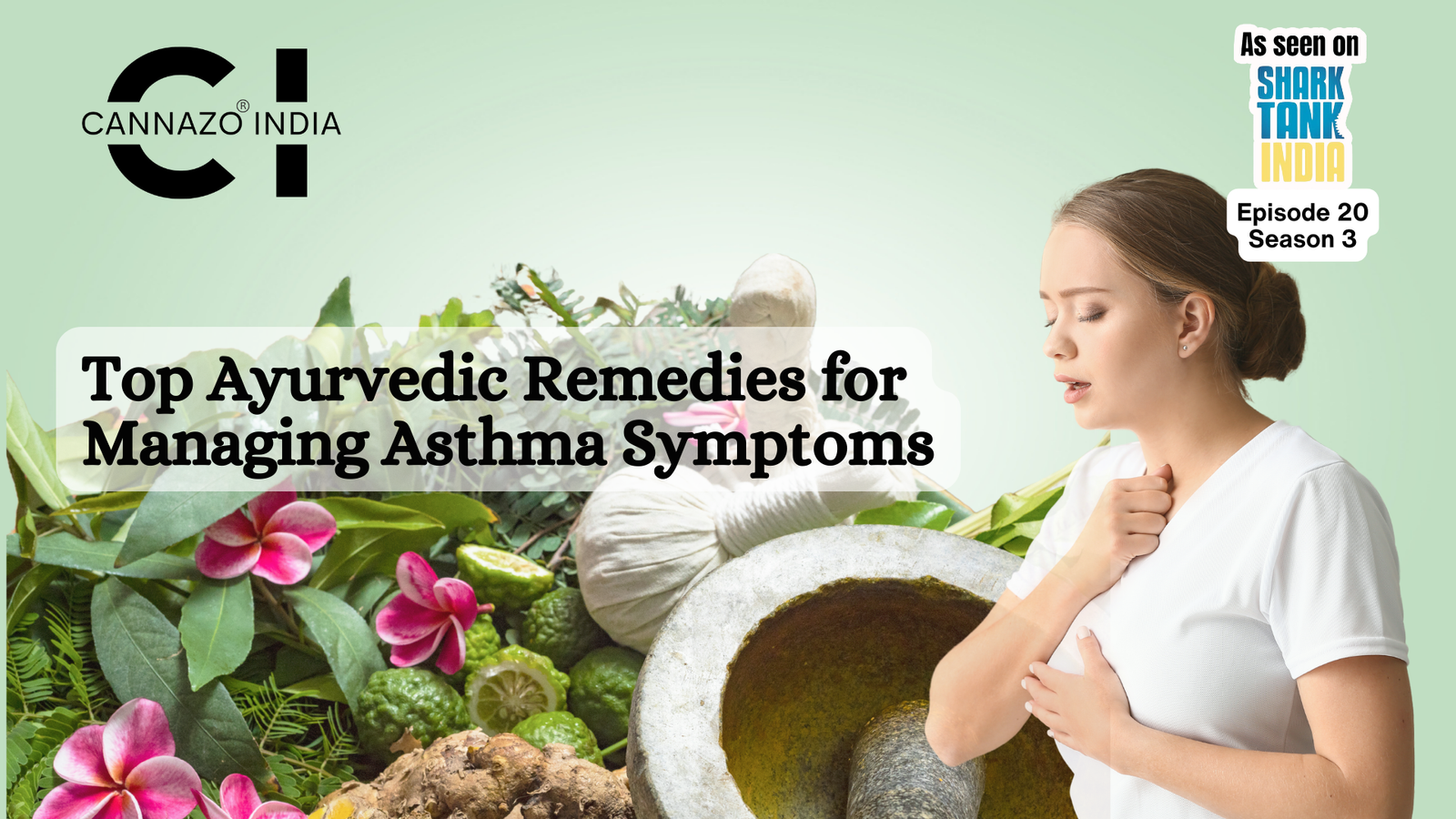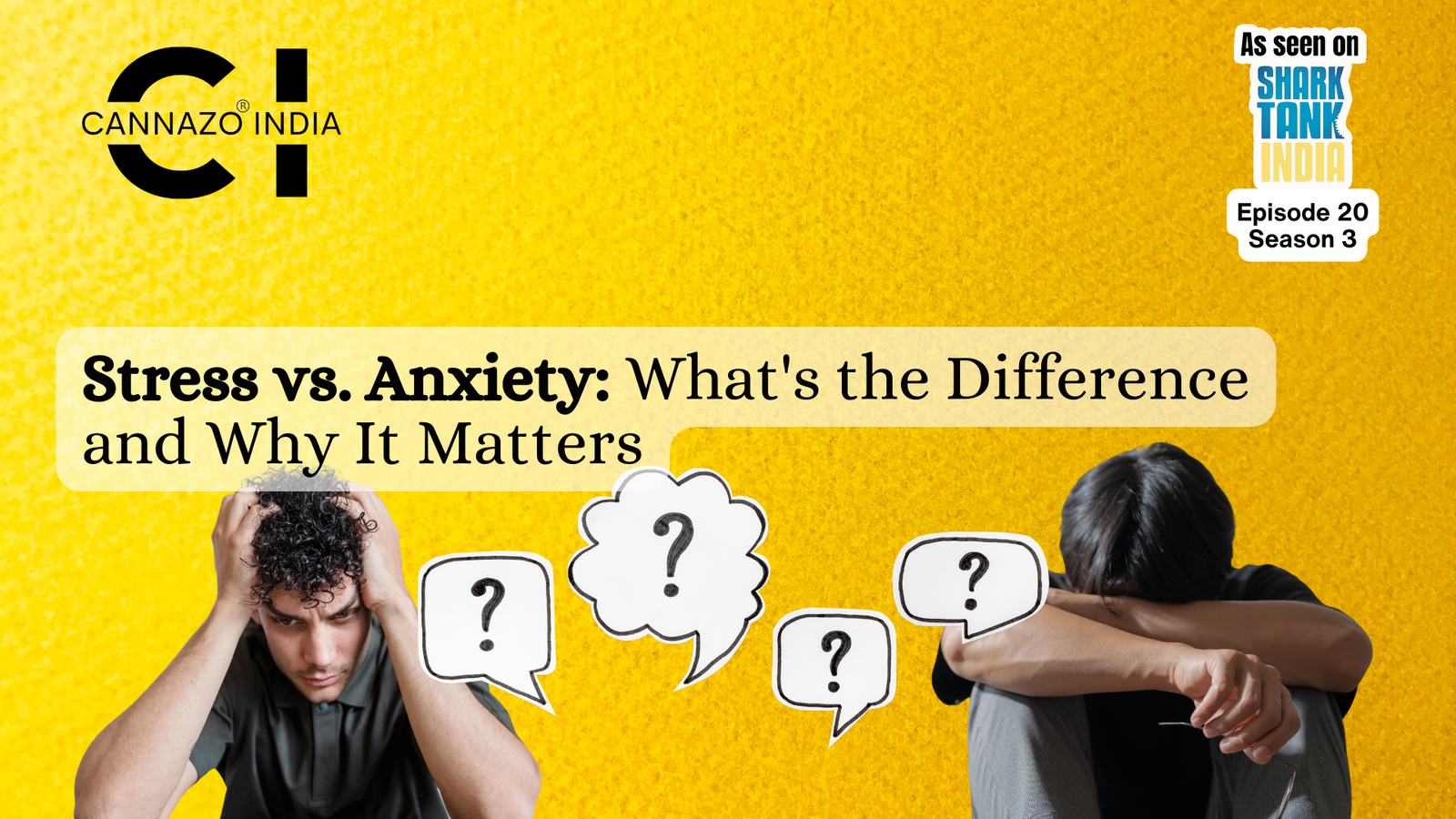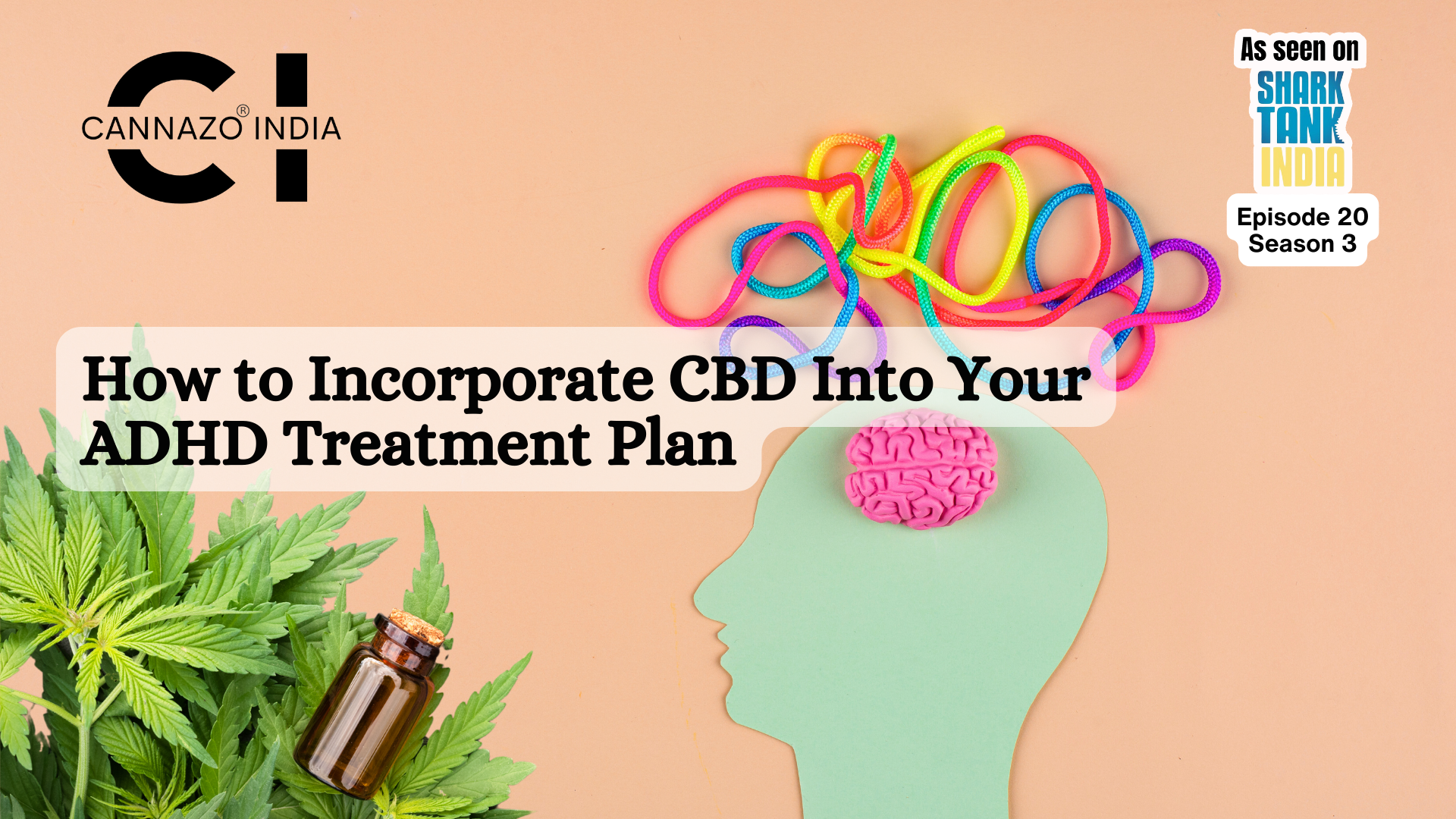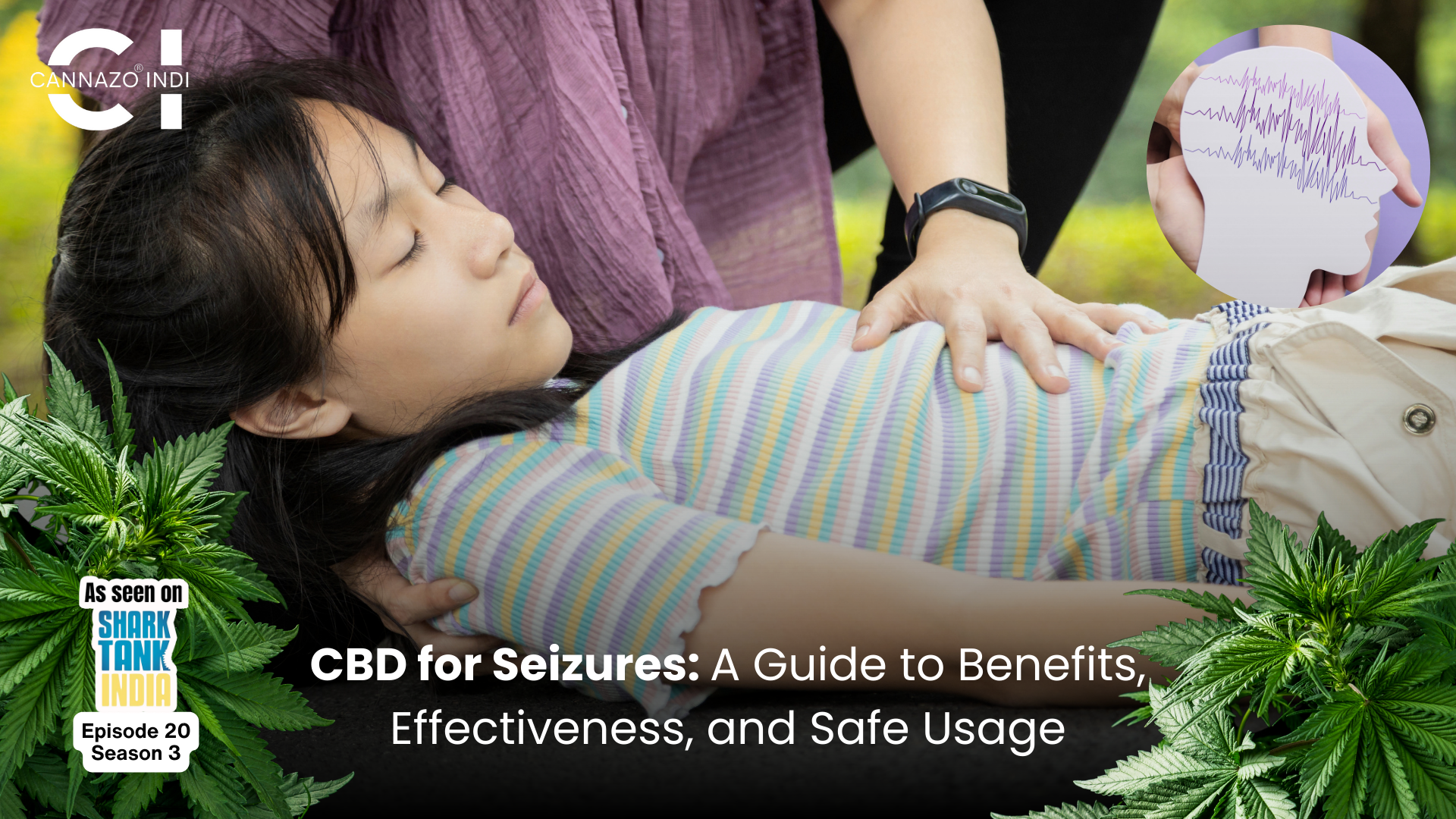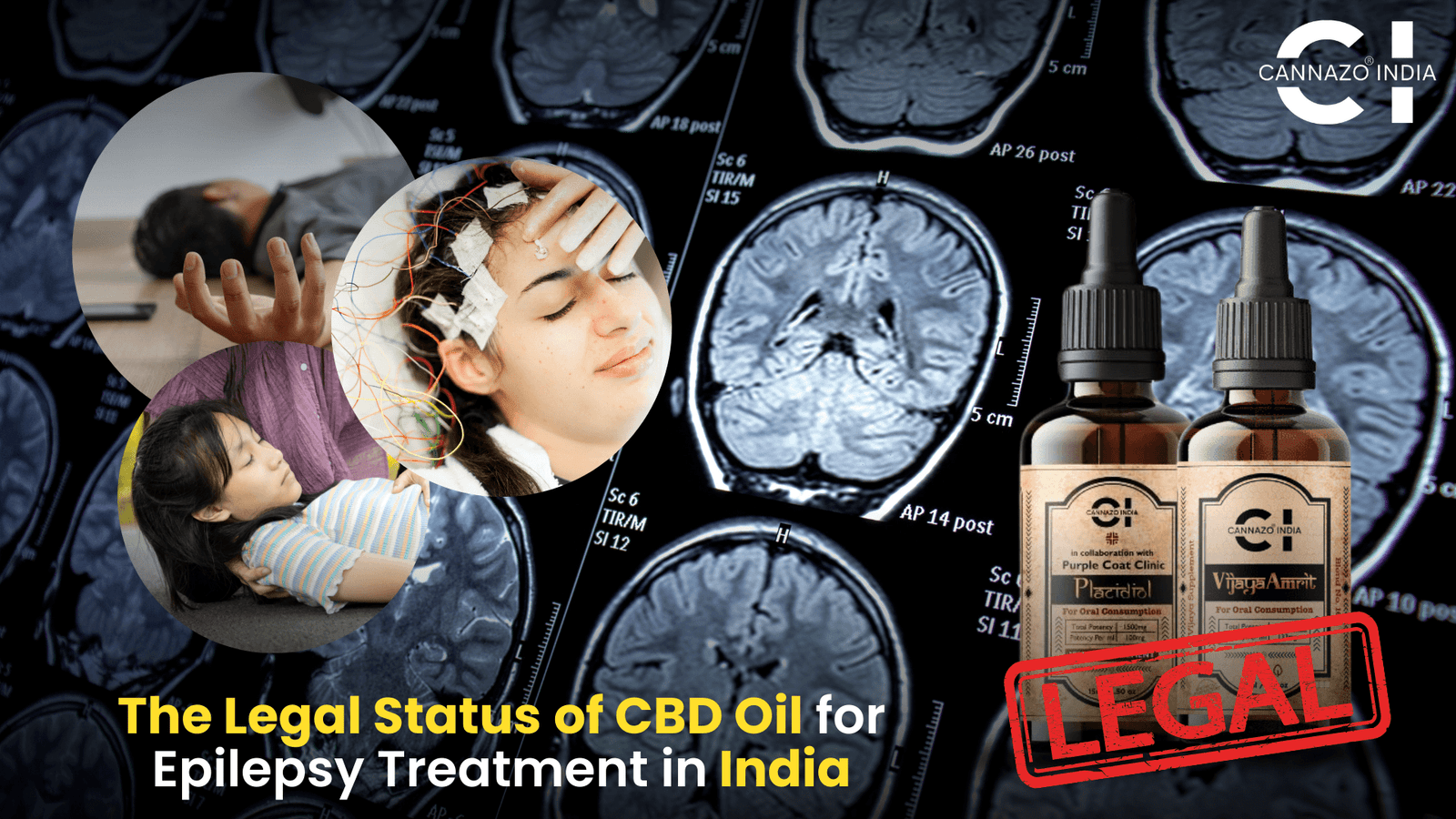An anxiety disorder is different from the occasional anxiety people generally feel. Anxiety
disorders are characterised by excessive worry and/or fear about daily situations which are
otherwise simple. There are many types of anxiety disorders, some of which are:
● Generalized anxiety disorder (GAD)
● Social anxiety disorder (SAD)
● Panic disorder
● Phobias
Anxiety disorders affect every part of a patient’s life including social, physical and
psychological which degrades their quality of life. This article explores one of these types of
anxiety disorders, which is GAD including its symptoms, causes, diagnosis and common
treatment options.
What is Generalized Anxiety Disorder (GAD)?
GAD is the excessive worry or anxiety patients experience over usual, everyday situations
like social settings. Diagnosis of anxiety usually takes time due to stigma and lack of
awareness of its symptoms. This article explores the symptoms, causes, diagnosis and
treatment options for GAD.
Symptoms of GAD
To be diagnosed with GAD, a person has meet set criteria or symptoms from the Diagnostic
and Statistical Manual of Mental Disorders (DSM).
DSM-5 (fifth edition) states that a person with GAD experiences worry/anxiety excessively
for at least 6 months about certain activities or events.
Although it sounds simple, the feeling of anxiety is not under the person’s control which
thus affects the patient’s quality of life. People with GAD may also present with fatigue,
muscle tension, irritability or sleep disturbances.
Causes of GAD
Causes for different types of anxiety disorders have not yet been identified, however
there are some associative factors. It seems that risk of GAD increases with following
factors:
- History of anxiety in family
- Women present with GAD more than men
- Exposure to stressful environments like past traumas, abuse, loss
- Substance abuse
Diagnosis and Tests
Initial screening for GAD is based on the criteria mentioned in DSM-5 as we talked about
earlier.
Prolonged excessive anxiety and worry for at least 6 months. Other diagnostic signs also
include muscle tension, fatigue, irritability, difficulty in breathing, sleep disturbances or
difficulty in concentrating for at least 6 months.
During a primary physical examination, people with GAD may also present with other
physical symptoms like unexplained high heart rate.
As for lab tests, none tests specific to GAD are used. The approach is more targeted towards
eliminating conditions which present with similar symptoms. Common exclusion tests
include haemoglobin level test and thyroid function tests.
Treatment Options
To treat different types of anxiety disorder, doctors can choose different approaches. For
GAD, they are nondrug and drug-based approaches.
The most popular nondrug approach is cognitive behavioural therapy (CBT). CBT involves
the intervention of a doctor or self to firstly examine the thoughts which cause anxiety and
then try to understand how to manage them.
As for drug-based approach, the most common first-line drugs used for GAD include:
- selective serotonin reuptake inhibitors (SSRIs) like fluvoxamine and citalopram.
- serotonin-norepinephrine reuptake inhibitors (SNRIs) like duloxetine and venlafaxine.
These are popular due to their efficacy with minimal side effects compared to other
available options.
Recently, natural plant-based alternatives have also been coming up for GAD management
due to even fewer side effects. Some of these options include CBD oils like Cannazo India’s
Vijaya Amrit and Calm Drops. CBD interacts with 5-HT1A receptors which regulates the
release of serotonin from the neurons. This regulates mood and alleviates stress and
anxiety.
When strating with any drug, it is recommended to take low doses since high doses might
cause adverse effects like gastrointestinal distress and dizziness.
Conclusion
There are numerous types of anxiety disorders. GAD is one of the most common anxiety
disorders with symptoms varying from psychological (anxiety, worry, stress) to physical
(fatigue, muscle tension, restlessness, rapid heart rate). The diagnosis of all types of
anxiety disorder, although difficult, is important since it affects the daily quality of life of
the patient.
References
- DeMartini, J., Patel, G., & Fancher, T. L. (2019). Generalized anxiety disorder. Annals of
internal medicine, 170(7), ITC49-ITC64.
- García-Gutiérrez, M. S., Navarrete, F., Gasparyan, A., Austrich-Olivares, A., Sala, F., &
Manzanares, J. (2020). Cannabidiol: a potential new alternative for the treatment of
anxiety, depression, and psychotic disorders. Biomolecules, 10(11), 1575.
- Jones, H. (2023, September 19). What Is Generalized Anxiety Disorder (GAD)? What Is
Generalized Anxiety Disorder (GAD)? Retrieved June 4, 2024, from
https://www.verywellhealth.com/generalized-anxiety-disorder-5092814#toc-causes
Mayo Clinic (n.d.). Anxiety disorders. Anxiety Disorders. Retrieved June 4, 2024, from
https://www.mayoclinic.org/diseases-conditions/anxiety/symptoms-causes/syc-
20350961
- National Institute of Mental Health (n.d.). Anxiety Disorders. Anxiety Disorders. Retrieved
May 22, 2024, from https://www.nimh.nih.gov/health/topics/anxiety-disorders
- World Health Organization (2023, September 27). Anxiety Disorders. Anxiety Disorders.
Retrieved June 04, 2024, from https://www.who.int/news-room/fact-
sheets/detail/anxiety-disorders





